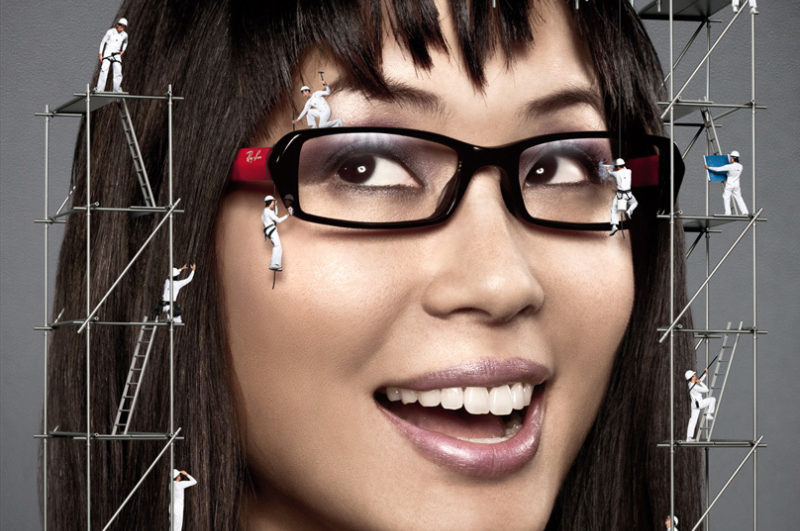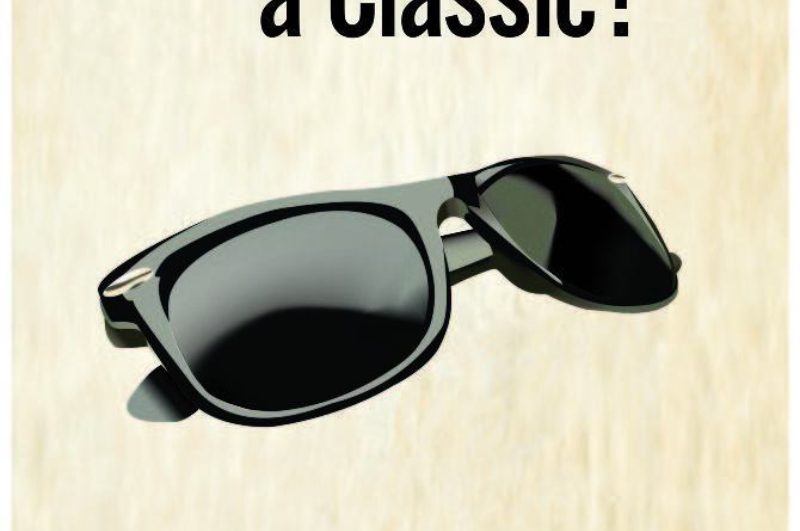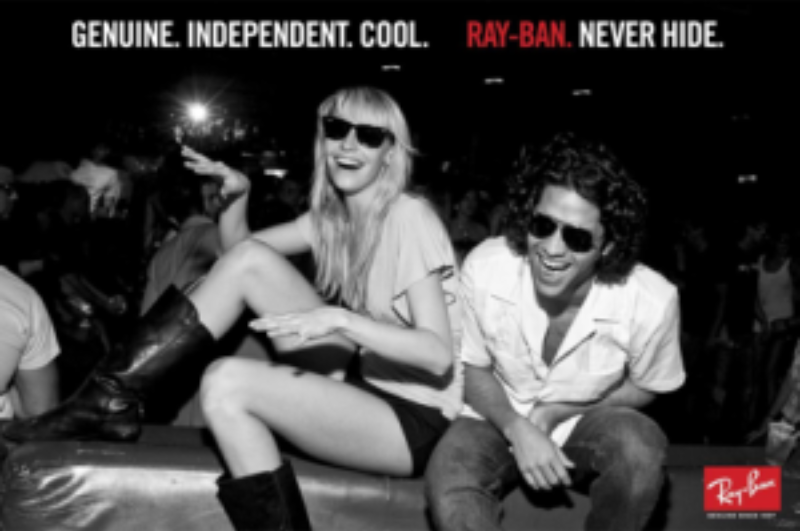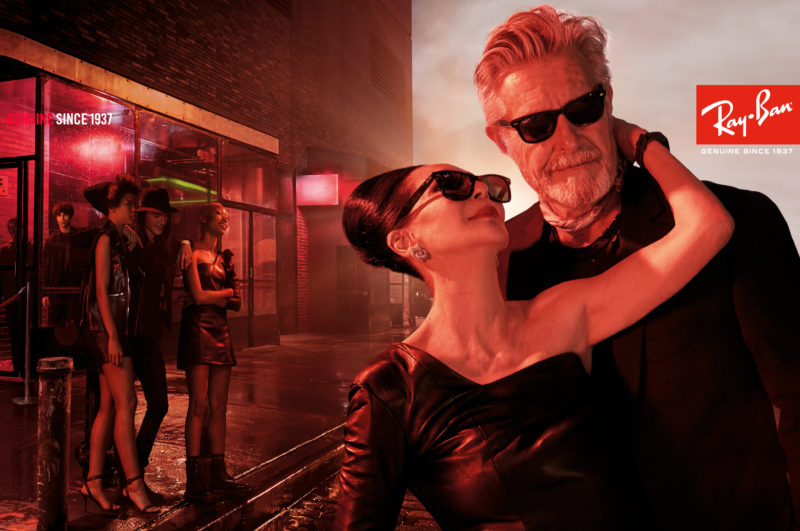At Roger Pope & Partners we strive to offer our clients both the very best in service and selection of luxury eyewear available. Our carefully curated selection of designer frames are chosen from the world’s most treasured brands offering creativity, individuality and quality to the wearer. In today’s blog we focus on Ray-Ban and detail a brief history of this iconic and beloved brand.
For over seven and a half decades Ray-Ban has been at the forefront of eyewear the World over. With a reputation for superb design, quality and sophistication the brand is one of, if not, the most famous eyewear companies in the world. Indeed, Ray-Ban is the top selling eyewear brand of all time and has made its mark within the arts, fashion and film.
One of the most recognisable frames on the market, Ray-Bans Aviator design has spawned countless replicas and become a cultural icon in its own right. In 1929 the fledgling company worked with US Army Air Corps Colonel John A. Macready to create aviation sunglasses that would reduce the distraction for pilots caused by the intense blue and white hues of the sky. For over half a decade the company worked with the army to create the glasses that would reduce glare and not fog up at altitude. The original prototype, created in 1936 and known as ‘Anti-Glare’, had plastic frames and green lenses that could cut out the glare without obscuring vision. They also added impact-resistant lenses in 1938. The sunglasses were redesigned with a metal frame the following year and patented as the Ray-Ban Aviator. The glasses used “Kalichrome lenses designed to sharpen details and minimise haze by filtering out blue light, making them ideal for misty conditions.” The Ray-Ban Aviator became such a success that it wasn't just pilots who were wearing them. Contemporary photos show them being used by the high-ranking officers as well and before too long, they were considered to be synonymous with the glamorous lifestyle of the military pilot. The invention of the Aviator in 1936 marked the start of the Ray-Ban rise to fame. Within a couple of years the use of Ray-Bans had moved beyond military use and others who lived, worked and played outdoors began to see the benefits and thus a legend was born.
Ray-Ban’s impact on popular culture and fashion continued throughout the years but their arguably most famous design of glasses were still to come. The 1950s witnessed a great upheaval in terms of society and culture as the post-war world sought to come to terms with embracing a new world. Wayfarers were designed in 1952 by American optical designer Raymond Stegeman who worked for Bausch & Lomb, Ray-Ban's parent company at that time. The design was inspired by, "a mid-century classic to rival Eames chairs and Cadillac tail fins." According to design critic Stephen Bayley, the "distinctive trapezoidal frame spoke a non-verbal language that hinted at unstable dangerousness, but one nicely tempered by the sturdy arms which, according to the advertising, gave the frames a 'masculine look.'.
The attraction of Hollywood's silver screen was fast becoming the ultimate trend dictator and Ray-Ban Wayfarer was soon being worn, both an and off the screen, by the most stratospheric of superstars. Sported by the likes of James Dean in 'Rebel Without a Cause' (1955), and later by Audrey Hepburn in 'Breakfast at Tiffany's', the Wayfarer became the sunglasses of choice for multitudes of film fans the world over.
Countless other models exist by Ray-Ban yet none have potentially had such as impact as the Aviator and The Wayfarers. At Roger Pope and Partners, we offer a wonderful selection of Ray-Ban sunglasses and accessories. For more information, contact our practice via ncs@rogerpope.co.uk or on 02079352124




